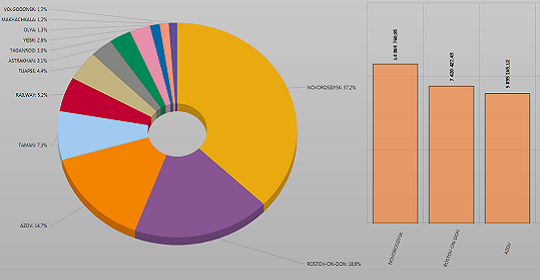The embargo is valid until August 31, but prices continue to rise.
In Russia, buckwheat is a socially significant product. In unfavorable times, it is stored for a «rainy day», also because this product is stored for a long time.
Rush demand for buckwheat was observed in the pandemic spring of 2020, along with pasta, sugar and toilet paper.
Over the year the product has risen in price by 1.7 times.
But the reasons for the rise in prices are not only in the rush demand: in the world market for three months of 2021, the cost of buckwheat increased by 40%, coupled with the depreciation of the ruble.
Russian exports have grown from 80 thousand tons to 220 thousand tons.
In the first five months of 2021, the price of buckwheat in Russia increased by 31%.
To prevent further price increases, the government restricted the export of buckwheat abroad, along with sunflower.
The rate of rise in prices became lower, but still almost doubled the rate of inflation: from the beginning of the year to August 9, consumer prices rose by 10.4%.
The further trend in the price movement will depend on the new harvest: the sown area was increased by 12% (976 thousand hectares).
But drought in some areas, a decrease in the number of bees, a lack of moisture during planting, according to analysts, will lead to the fact that this year’s harvest will be approximately at the level of last year or slightly higher.
Such volumes will fully cover the needs of the domestic market and will allow loading domestic enterprises.
Speaking about a possible ban on the export of buckwheat after August 31, 2021, analysts believe that a short-term effect may be obtained.
But such abrupt and late steps of a restrictive nature undermine the confidence of business in the state.
Buckwheat is not the most marginal crop, and the areas under crops are preserved so far because the Altai Territory, for example, which supplies more than half of buckwheat to domestic and foreign markets, is geographically located close to Kazakhstan.

